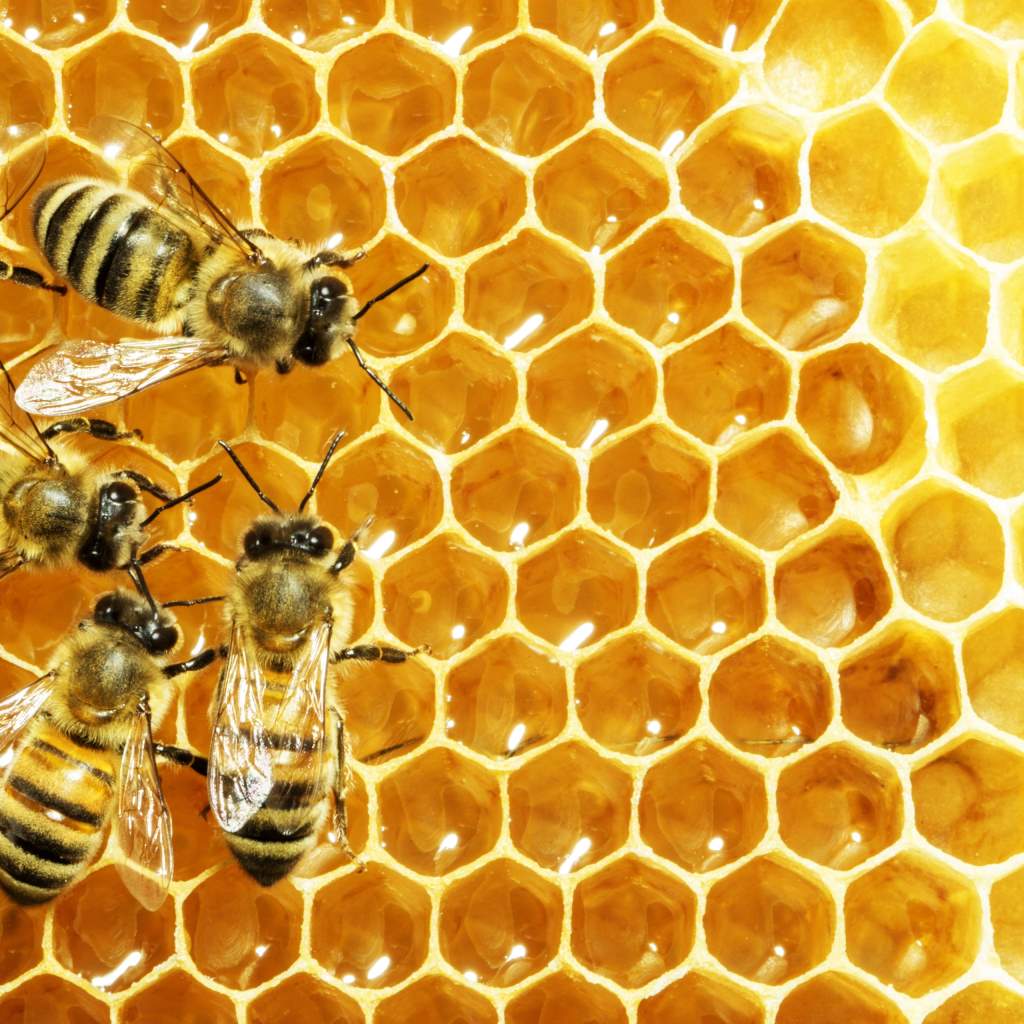Ironically, one of the most famous quotes attributed to physicist Albert Einstein is entomological in nature: “If the bee disappears from the surface of the Earth, man would have no more than four years left to live.” Whether Einstein actually made this claim is debatable, but it doesn’t take a genius to acknowledge that bees are essential. And thanks to our increasing awareness of climate change and the green movement, in 2022, more people than ever understand that bees may be a litmus test for environmental collapse. At the very least, within the public consciousness, they’ve evolved from picnic nuisances to known necessities.
But before you pat yourself on the back for buying “local” honey, consider the bees: In order to properly support them, it’s important to be aware of the practices beekeepers engage in. Not all apiary endeavors are created alike. The folks at Spikenard Farm Honeybee Sanctuary, a 41-acre biodynamic farm and educational center located on the banks of the Little River in the Blue Ridge Mountains of Floyd, VA, have emerged as leaders in the modern-day beekeeping movement. And they’d like you to be informed.
The context: Bees’ contributions to the planet are wildly complex, but the reason they are so important is relatively simple. They pollinate crops by buzzing around and distributing pollen, the process of which yields fruits, vegetables, and seeds. Plants directly rely on pollinators to reproduce: Nearly 90 percent of the flowering plant species on the planet require their intervention. But due to factors like pesticide use, climate change, and rampant monocropping and migratory beekeeping (more on that later), the global bee population continues to decline at alarming rates. Here in the United States, a recent survey by the nonprofit organization Bee Informed Partnership found that beekeepers across the nation lost an average of 45.5 percent of their managed honeybee colonies from April 2020 to April 2021.
Of course, saving bees is not as glamorous or as well-publicized as say, crowd-pleasing dog rescue efforts. After all, the charges are not quite as cuddly. But while a darling puppy may satisfy our emotional appetites, bees are imperative to sating our actual appetites. Again, pollination is crucial to growing crops. And just like the uptick in Covid-era back-to-landing has led to chicken coops springing up in metropolitan back yards, the practice of beekeeping has become popular with rural and urban residents alike. (New York City boasts a surprising number of professional hive keepers.)
It may seem quaint for big city folks to keep bees on their rooftops, but can these smaller-scale efforts make a real dent in the issue? And are these amateur endeavors even ethical? Enter the standouts at Spikenard. The sanctuary happens to be smack dab in the middle of monoculture farmland. Agriculture is Virginia’s largest private industry (there are currently more than 43,000 farms in the region), and the state ranks among the top ten agricultural producers in the nation. Tobacco remains a top cash crop, but we also count on Virginia’s farmers for abundant quantities of apples, grapes, and peanuts.

Our dependence on pollinators may be global in scale, but Virginia is a more local example of how monoculture hurts bees, and therefore, humans. Monoculture, which is typical in the region, is the agricultural practice of growing single crops, which is not just harmful to soil, it’s also bad for bees-ness. Numerous studies have found a correlation between biodiversity (more diversified crops) and the overall health of the wild bee population.
Spikenard was founded in 2008 by activists Gunther Hauk and Vivian Struve-Hauk with the mission to provide a “consciously cultivated honeybee sanctuary [that] promotes sustainable and biodynamic beekeeping to help restore the health and vitality of the honeybee worldwide.” Over the past few years, the collective has transformed from a simple pasture to a thriving biodynamic farm which boasts a diverse flowering landscape of gardens and orchards—the opposite of monoculture—camping facilities, and yes, plenty of healthy honeybee hives. There’s also an emphasis on education, and the center hosts festivals and workshops throughout the year. As the sanctuary is entirely dependent on private donations, they also sell a variety of sustainably harvested, small-batch products like “Bee Tea” and a honeybee salve made with propolis and beeswax.
An essential part of Spikenard’s mission is to educate the public and other apiculturists that not all modern-day beekeeping aids the cause. As with puppy mills, exploitative beekeeping can actually cause great harm to the population. Spikenard encourages consumers to be mindful of the practices behind the efforts they support. Many beekeepers engage in artificial queen breeding, feeding sugar and/or corn syrup to the bees, overstocking the land with too many hives, and migratory beekeeping, which is the profession of literally moving hives to different farms throughout the seasons to take advantage of pollinators and maximize output. Migratory colonies are exposed to pesticides, parasites, and pathogens that destroy bee populations and are a huge factor in their overall decline.
At Spikenard, the leadership operates according to the following philosophy: “Instead of focusing on how much honey we can get from the bees, we must ask what can be done to protect, strengthen and heal them.” To wit, they incorporate best practices such as creating a biodynamic landscape featuring a diverse array of plants, allowing the bees to make their own natural wax combs (some beekeepers substitute plastic), and respecting the hive as a natural organism that knows best when it comes to hosting the ideal balance of workers, drones, and queens. The results are substantial: Over the past 10 years, Spikenard winter bee population losses averaged 13 percent, which is well below the aforementioned typical 45 percent.
So, what can the general public do to help support sustainable beekeeping? When it comes to purchasing popular bee-derived products like supplements, beeswax, and honey, make sure its origins are sustainably sourced and ethically produced. If you happen to live in a rural area or even have a small urban garden, you can plant native flowers, trees, and shrubs to allow pollinators to thrive. Let wildflowers grow: After all, “chaos gardening”—wherein one plants a random variety of leftover seeds to see what will germinate—is now a thing. And if you want to become an amateur beekeeper, do it right. There are incredible resources available to educate and connect you with other apiary enthusiasts, such as The Honeybee Conservancy, The Bee Girl Organization, and of course, Spikenard Farm Honeybee Sanctuary.
As nature’s most essential workers, bees truly have our backs. Shouldn’t we have theirs?



